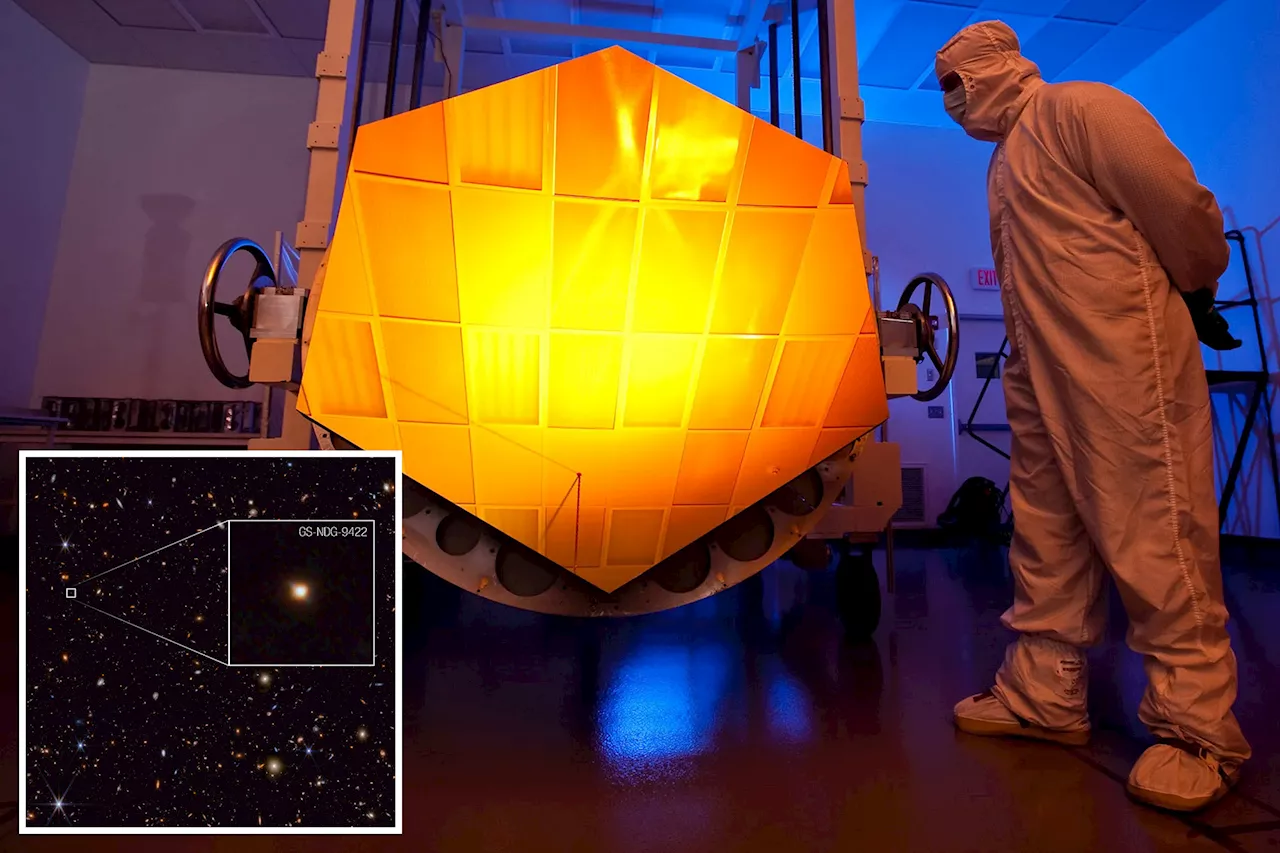It actually was a long time ago in a galaxy far, far away.
A far-away galaxy, GS-NDG-9422 , has features uncommon to other star systems that researchers are connecting to the early universe.The James Webb Space Telescope has detected a peculiar region of space that could be a “missing link” to what’s understood about the early days of space and its original stars.
“My first thought in looking at the galaxy’s spectrum was, ‘That’s weird,’” researcher Alex Cameron said of the finding, published in “Moo Deng a thriller in adorable 'moonwalk' caught on viral video: watchCameron and theorist Harley Katz began running computer models to see how it was the cosmic gas could ultimately become hotter than their solar sources.
That is due to what the experts believe to be “a brief phase of intense star formation” creating several hot stars. Essentially, the galaxy’s gas clouds are taking in such a high volume of photons that it’s out-heating and outshining the source — similar to scorching asphalt being pounded by the sun.Although 9422 is void of any Population III stars, Katz said its stellar residents “are different than what we are familiar with” and serve a larger purpose.
United States Latest News, United States Headlines
Similar News:You can also read news stories similar to this one that we have collected from other news sources.
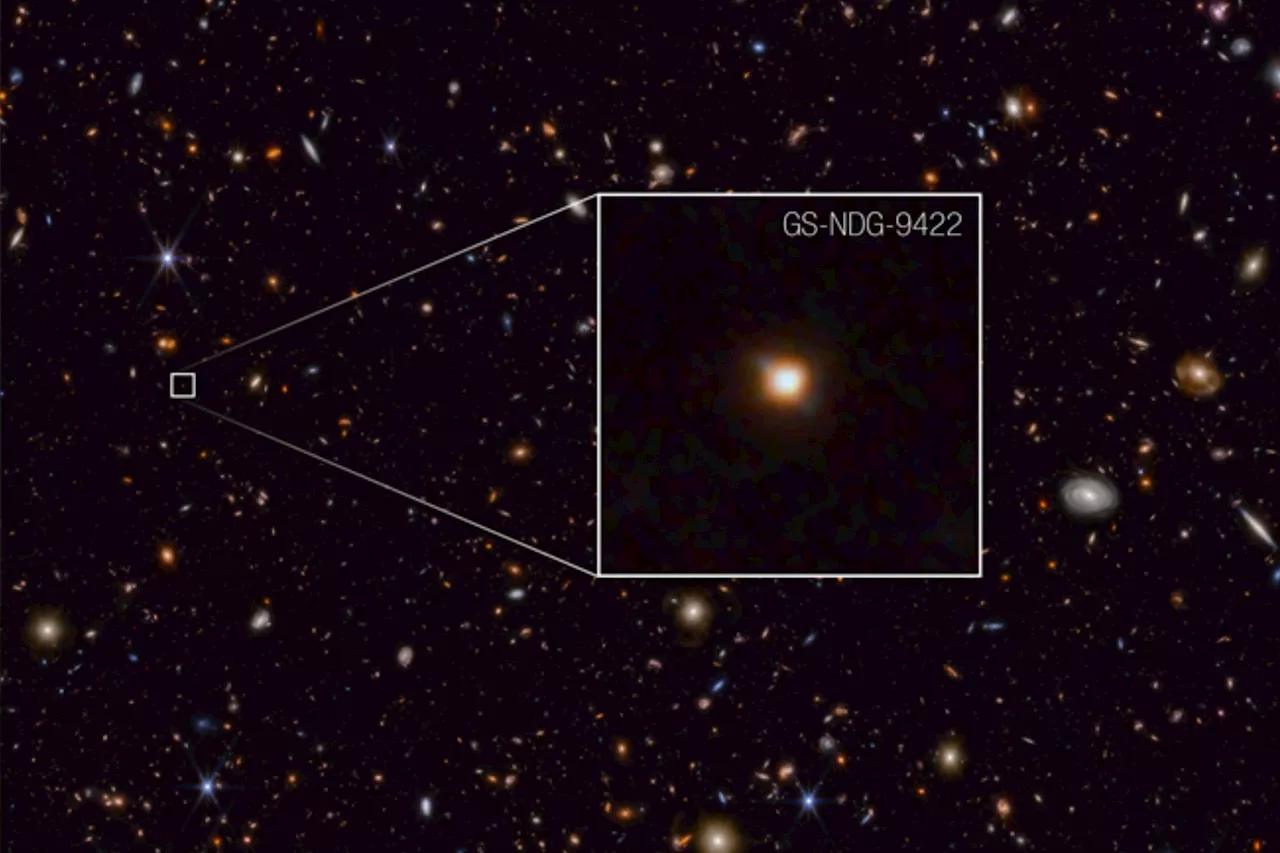 'Weird' Ancient Galaxy Discovered by James Webb Space TelescopeThe gas clouds of galaxy GS-NDG-9422 have been observed shining brighter than its stars, something which is very rare, astronomers say.
'Weird' Ancient Galaxy Discovered by James Webb Space TelescopeThe gas clouds of galaxy GS-NDG-9422 have been observed shining brighter than its stars, something which is very rare, astronomers say.
Read more »
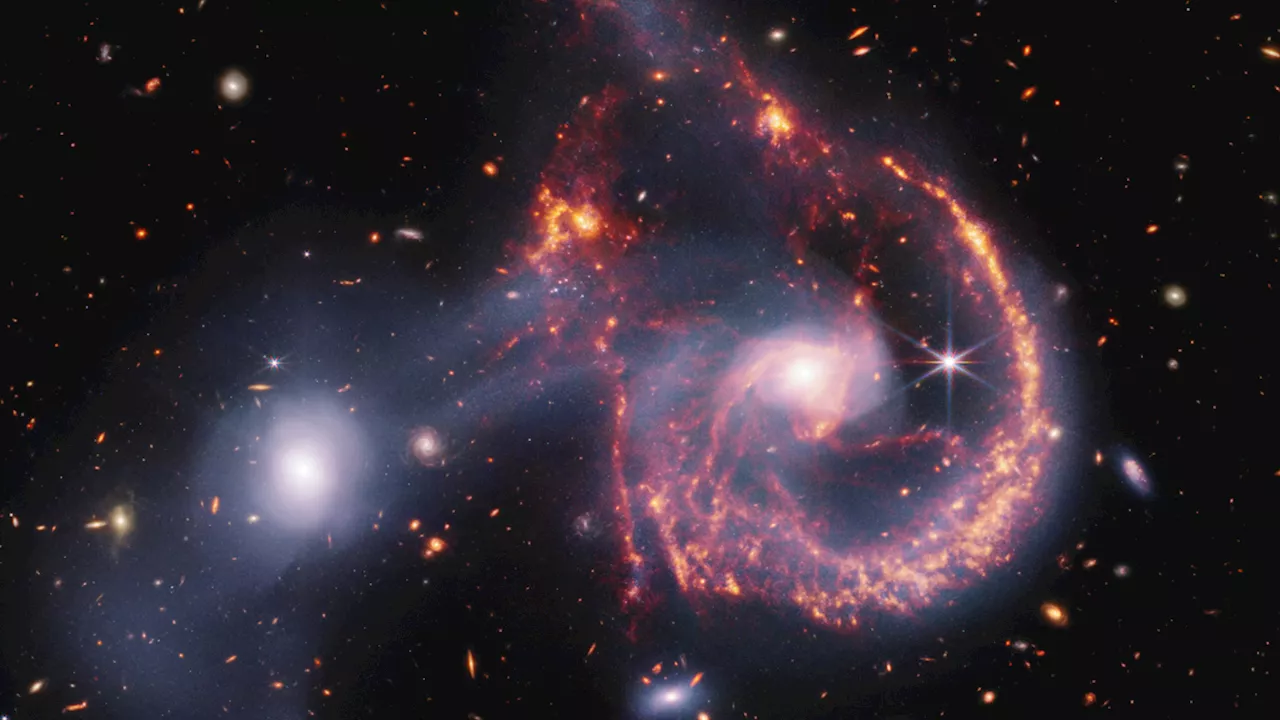 James Webb Space Telescope witnesses a 'smiling' galactic collision (images)Robert Lea is a science journalist in the U.K. whose articles have been published in Physics World, New Scientist, Astronomy Magazine, All About Space, Newsweek and ZME Science. He also writes about science communication for Elsevier and the European Journal of Physics. Rob holds a bachelor of science degree in physics and astronomy from the U.K.
James Webb Space Telescope witnesses a 'smiling' galactic collision (images)Robert Lea is a science journalist in the U.K. whose articles have been published in Physics World, New Scientist, Astronomy Magazine, All About Space, Newsweek and ZME Science. He also writes about science communication for Elsevier and the European Journal of Physics. Rob holds a bachelor of science degree in physics and astronomy from the U.K.
Read more »
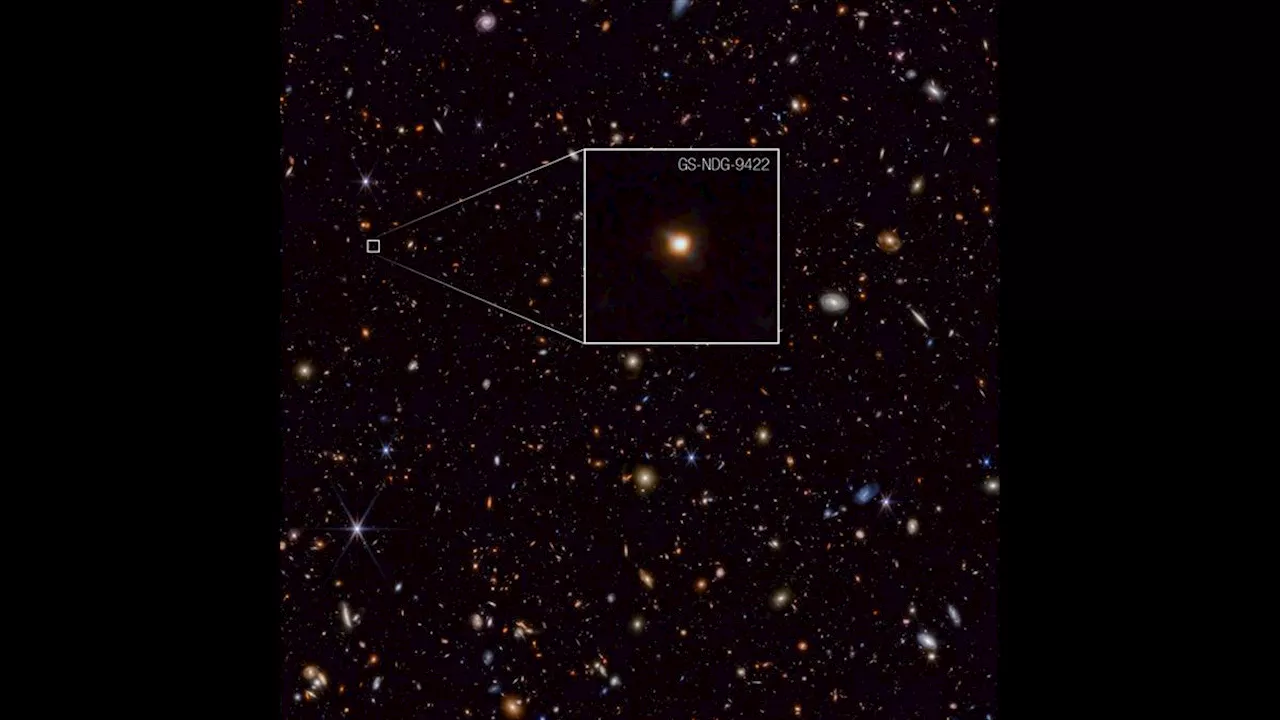 'That's weird': James Webb Space Telescope spies a strange galaxy outshining its starsSharmila Kuthunur is a Seattle-based science journalist covering astronomy, astrophysics and space exploration. Follow her on X skuthunur.
'That's weird': James Webb Space Telescope spies a strange galaxy outshining its starsSharmila Kuthunur is a Seattle-based science journalist covering astronomy, astrophysics and space exploration. Follow her on X skuthunur.
Read more »
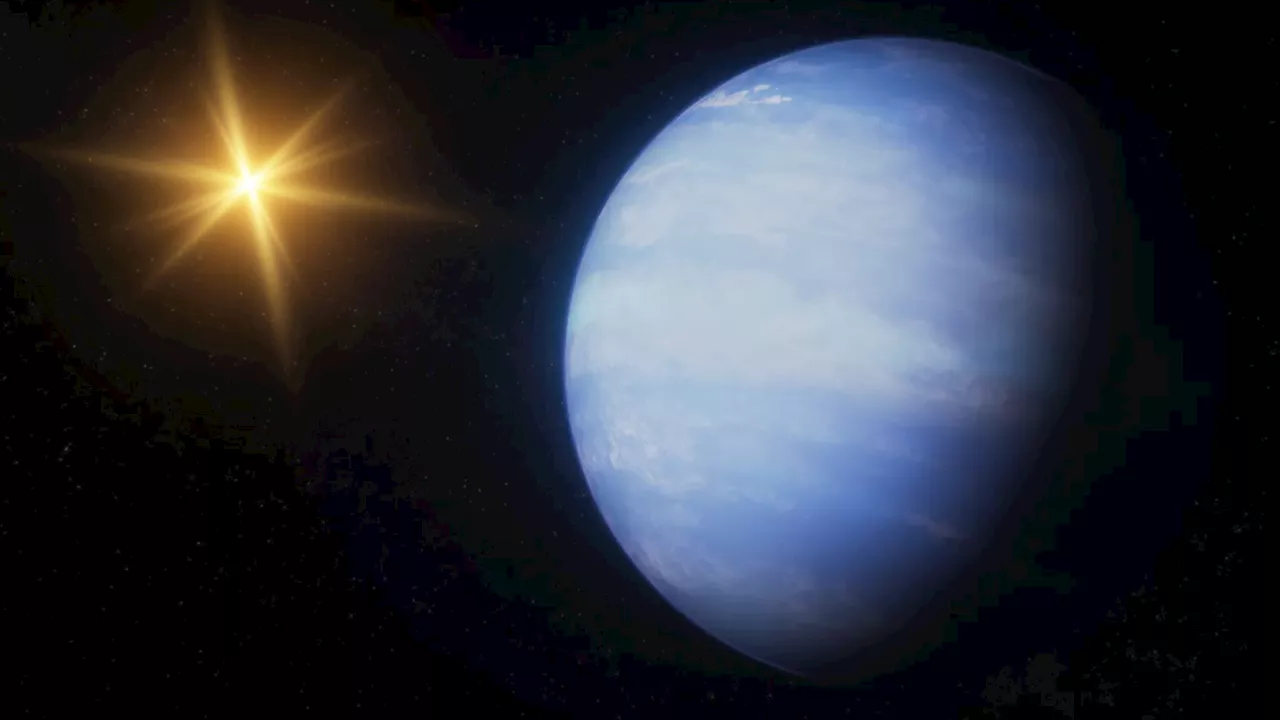 James Webb Space Telescope finds 'puffball' exoplanet is uniquely lopsidedRobert Lea is a science journalist in the U.K. whose articles have been published in Physics World, New Scientist, Astronomy Magazine, All About Space, Newsweek and ZME Science. He also writes about science communication for Elsevier and the European Journal of Physics. Rob holds a bachelor of science degree in physics and astronomy from the U.K.
James Webb Space Telescope finds 'puffball' exoplanet is uniquely lopsidedRobert Lea is a science journalist in the U.K. whose articles have been published in Physics World, New Scientist, Astronomy Magazine, All About Space, Newsweek and ZME Science. He also writes about science communication for Elsevier and the European Journal of Physics. Rob holds a bachelor of science degree in physics and astronomy from the U.K.
Read more »
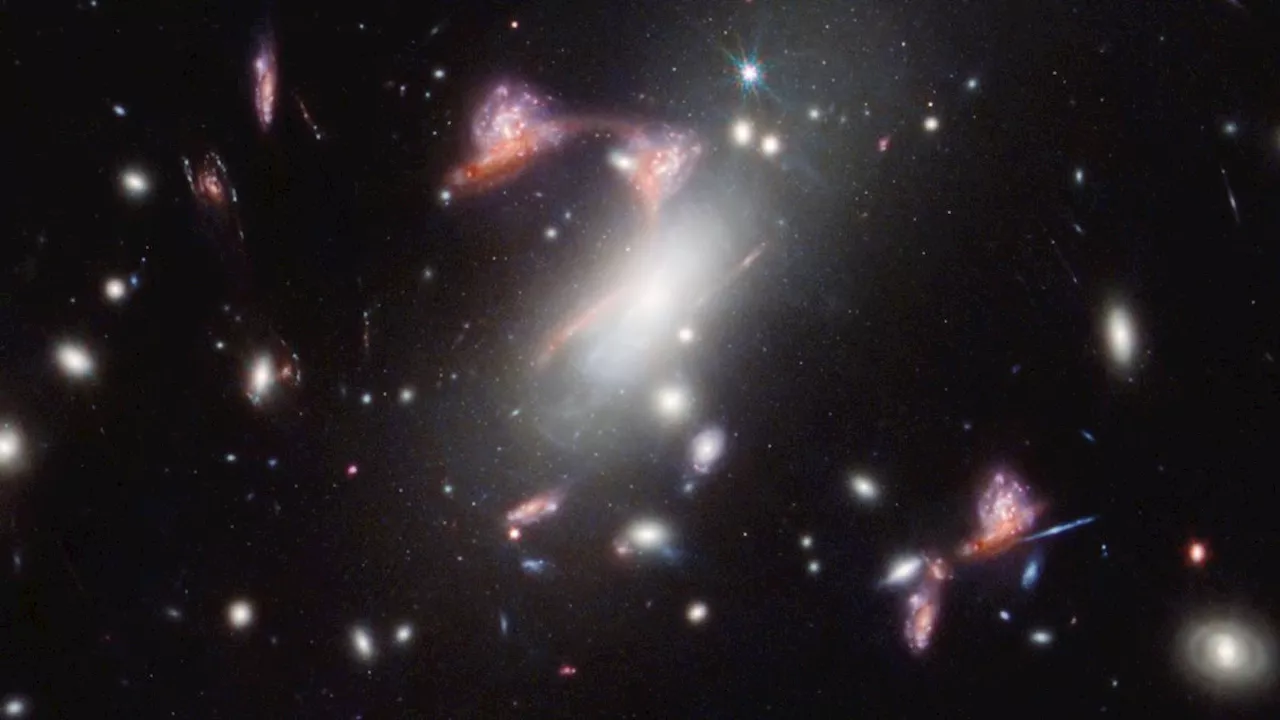 James Webb Space Telescope zooms in on giant question mark in space (image)Sharmila Kuthunur is a Seattle-based science journalist covering astronomy, astrophysics and space exploration. Follow her on X skuthunur.
James Webb Space Telescope zooms in on giant question mark in space (image)Sharmila Kuthunur is a Seattle-based science journalist covering astronomy, astrophysics and space exploration. Follow her on X skuthunur.
Read more »
 James Webb Telescope Finds Bizarre Galaxy With Outshining GasThe James Webb Space Telescope (JWST) has discovered a peculiar galaxy named GS-NDG-9422, existing just one billion years after the Big Bang. This galaxy's gas outshines its stars, potentially revealing a missing link in galactic evolution.
James Webb Telescope Finds Bizarre Galaxy With Outshining GasThe James Webb Space Telescope (JWST) has discovered a peculiar galaxy named GS-NDG-9422, existing just one billion years after the Big Bang. This galaxy's gas outshines its stars, potentially revealing a missing link in galactic evolution.
Read more »
